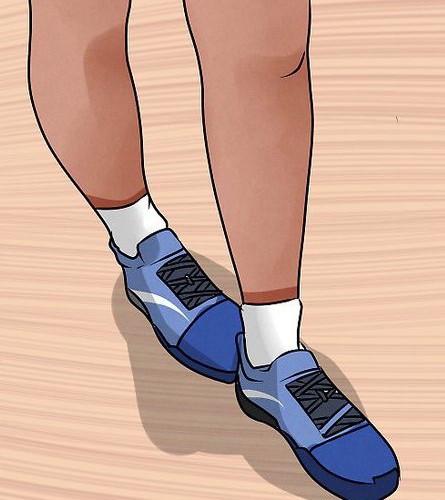Improving balance is a universal endeavor, whether at the highest level of athletics or at the general population working to prevent falls. However, these balance programs should be individualized, targeted, and goal specific. So what are the universal guiding principles that we should use to establish a good balance program for any one individual? Turns out, despite this individualization, the process isn’t too hard!
Step 1:
Establish which systems need to be targeted for that individual. The body integrates proprioception (your awareness of joint locations and body in space through physical means like weight distribution), visual sensation of the eyes tracking the relative horizon, and vestibular function (the inner ear’s determination of movement in space).
Depending on the individual, different systems should be targeted. Do you have someone who has difficulty with motion sickness? Or needs to improve balance in aerial athletic activities like jumping, spinning, or landing? We should definitely be targeting the vestibular system by doing exercises on variable surfaces with head movement and closed eyes, maybe even virtual reality. Does the person need good awareness of joint space because of neurological impact like disuse, neuropathy, or sensory impairment? Are they often unable to look at their limb alignment in space because of the sport they participate in? These people should be working on proprioception. You can do this by training in situations that challenge their balance when unable to focus on the limb but with good ground feedback (solid ground, balance boards, angle boards) but with eyes closed or task challenges. Do they need the full group? Run it all!
Step 2:
Establish specific surface compliance. We should always be striving to be one level higher than a challenge so that unexpected changes in the environment do not cause fall or injury. People who spend a lot of time in the yard or on turf, or on compliant mats and spring floors should be working on a surface even more compliant than what they need so their body is capable of performing in those situations. We should not be working firm ground exercises for people with fall risk in a home with carpeting, or an ice skater! They both need higher level challenge! Find a surface like Airex foam, a bosu ball, or a slide board to give a better challenge!
 Step 3:
Step 3:
Establish stances and situations that are challenging, but reasonable for level! The brain needs to integrate both success and failure to make adjustments to the fine motor patterns we use in balance. We need a little of both in our levels of difficulty. If a person cannot reasonably last in single leg for even a few seconds, they are not able to integrate what makes single leg stance successful in order to progress. On the flip side, someone is standing heel to and can last for a long time with minimal sway, they aren’t making enough errors to progress beyond this level either. Challenges need to be individually tailored to a level. Too easy or too hard and the brain doesn’t have the information it needs to progress!
Step 4:
Establish appropriate times in stance! If my highest balance challenge is momentary (landing from a jump, turning while walking), should my goal be able to hold the position for a minute? What use does that have to my specific goals! I need to be able to demonstrate that momentary stability (ideally just slightly exaggerated for appropriate challenge) and show ability to move on to the next portion of the activity with stability. On the other hand, do I need to be able to hold positions for long periods? Well then momentary stability drills are not specific enough, and I need long duration drills! Specificity matters!
These principles actually make establishing good balance programs pretty straightforward in that light! Be challenging, but not overly. Be specific to need. Lastly, be specific to the person. Take into account the when, the where, and the how. Doing this gives you a great “why” for building great individualized balance programs for yourself or someone else!


